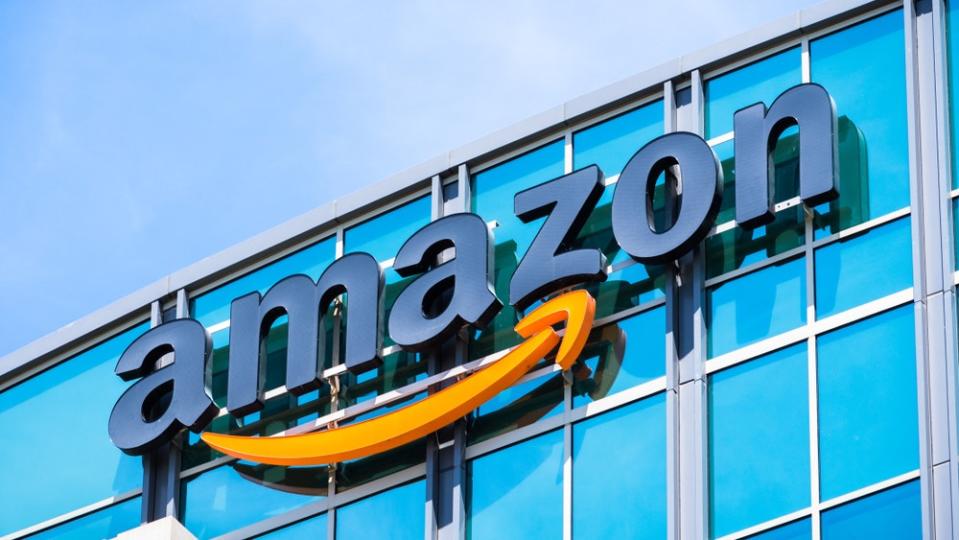Amazon.com Inc. is rapidly advancing its use of robotics, deploying over 750,000 robots to work alongside its employees.
The world’s second-largest private employer employs 1.5 million people. While that’s a lot, it’s a decrease of over 100,000 employees from the 1.6 million workers it had in 2021. Meanwhile, the company had 520,000 robots in 2022 and 200,000 robots in 2019. While Amazon is bringing on hundreds of thousands of robots per year, the company is slowly decreasing its employee numbers.
The robots, including new models like Sequoia and Digit, are designed to perform repetitive tasks, thereby improving efficiency, safety and delivery speed for Amazon‘s customers. Sequoia, for example, speeds up inventory management and order processing in fulfillment centers, while Digit, a bipedal robot developed in collaboration with Agility Robotics, handles tasks like moving empty tote boxes.
Don’t Miss:
The significant investment in robotics showcases Amazon’s commitment to innovation in its supply chain and highlights the company’s belief in the synergistic potential of human-robot collaboration. Despite the massive scale of automation, Amazon emphasizes that deploying robots has led to the creation of new skilled job categories at the company, reflecting a broader industry trend toward the integration of advanced technologies with human workforces.
Amazon’s deployment of over 750,000 robots represents a significant move toward automation at the world’s second-largest employer. The shift has the potential to significantly impact job dynamics within the company and beyond. While Amazon asserts that robots are meant to work collaboratively with human employees, assisting them with repetitive tasks to improve efficiency and workplace safety, concerns about job displacement and the implications for the workforce are inevitable.
Amazon’s integration of robots like Sequoia and Digit into its fulfillment centers is part of its broader strategy to enhance its supply chain operations through advanced technologies. The robots are designed to streamline operations and ensure faster delivery times to customers. The company emphasizes that robotic solutions support workplace safety and allow it to offer a wider range of products for same-day or next-day delivery.
Trending: Invest alongside exec’s from Uber, Facebook and Apple in this wellness app Transforming a $5.6 TRILLION dollar industry.
The introduction of such a large number of robots into the workforce raises questions about the future role of human labor in Amazon’s operational model. The impact on jobs, particularly tasks that are highly repetitive and could be easily automated, is a concern for many. Research from institutions like the Massachusetts Institute of Technology (MIT) has shown that industrial robots have a significant negative impact on workers, affecting jobs and wages in the areas where they are deployed. The broader discussion on the economic and political consequences of automation highlights widespread fears of job displacement and the potential for increased income inequality.
Despite these concerns, Amazon has pointed out the creation of 700 categories of skilled job types that previously didn’t exist at the company, suggesting that automation can also lead to the creation of new types of employment opportunities. This evolution within Amazon’s workforce could reflect a shift in the nature of work where human employees move toward more complex, nonrepetitive tasks that require higher levels of skill and creativity.
Amazon could serve as a microcosm for broader trends in the economy, where the integration of robotics and artificial intelligence (AI) reshapes industries and the labor market. The challenge for Amazon, and society at large, will be to navigate these changes in ways that maximize the benefits of automation while mitigating negative impacts on employment and ensuring that the gains from increased productivity are shared broadly across the workforce.
Read About Startup Investing:
“ACTIVE INVESTORS’ SECRET WEAPON” Supercharge Your Stock Market Game with the #1 “news & everything else” trading tool: Benzinga Pro – Click here to start Your 14-Day Trial Now!
Get the latest stock analysis from Benzinga?
This article Amazon Grows To Over 750,000 Robots As World’s Second-Largest Private Employer Replaces Over 100,000 Humans originally appeared on Benzinga.com
© 2024 Benzinga.com. Benzinga does not provide investment advice. All rights reserved.
Credit: Source link




